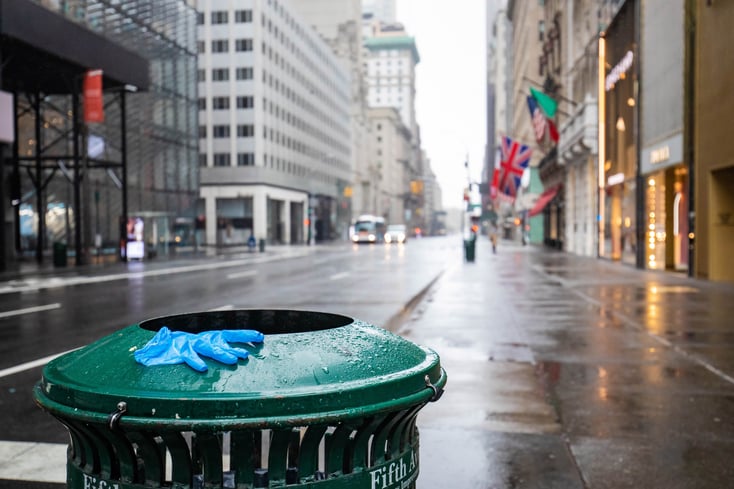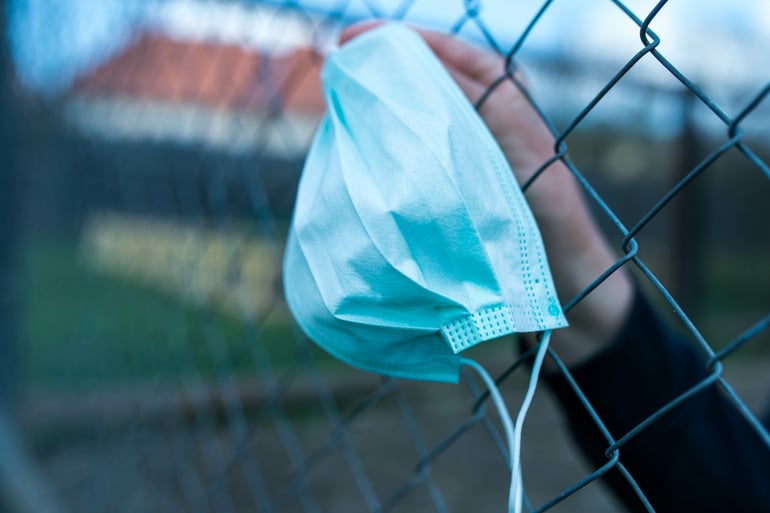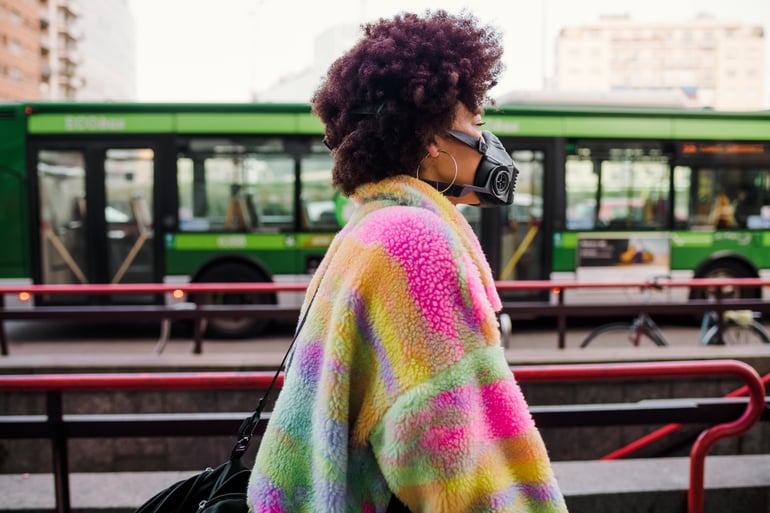 2020, unlike past years, has proven to be a difficult year for all ages. Similar to the pandemic the world is facing, the epidemic of substance abuse among teens is not slowing down. The Substance Abuse and Mental Health Services Administration (SAMHSA) explains prescription medications, along with other drugs, are one of the fastest-growing substance abuse problems within the United States specifically affecting the lives of teenagers. Moreover, countries around the world have seen a similar trend – 35 million people globally suffered from drug misuse in 2019. The more adults and adolescents understand the signs and dangers of using, the bigger the chance of reducing the problem within communities.
2020, unlike past years, has proven to be a difficult year for all ages. Similar to the pandemic the world is facing, the epidemic of substance abuse among teens is not slowing down. The Substance Abuse and Mental Health Services Administration (SAMHSA) explains prescription medications, along with other drugs, are one of the fastest-growing substance abuse problems within the United States specifically affecting the lives of teenagers. Moreover, countries around the world have seen a similar trend – 35 million people globally suffered from drug misuse in 2019. The more adults and adolescents understand the signs and dangers of using, the bigger the chance of reducing the problem within communities.

 Thanksgiving is often a time of reflection and gratitude in one’s life.
Thanksgiving is often a time of reflection and gratitude in one’s life. 
 Over the past few decades, the United States’ primary solution for juvenile offenders has been incarceration, or in other words, placement in juvenile correction facilities. However, after many studies, this way of holding troubled youth accountable for their actions may not be the best option for all. The
Over the past few decades, the United States’ primary solution for juvenile offenders has been incarceration, or in other words, placement in juvenile correction facilities. However, after many studies, this way of holding troubled youth accountable for their actions may not be the best option for all. The 


 There is no debating that the number of young people in the United States who have been exposed to traumatic events is far too high. Although estimates vary, it is believed that the prevalence of such events in the general youth population is substantial. According to the World Health Organization, one in four adults report having been abused as a child. For youth involved with the juvenile justice system, exposure to traumatic events is believed to be higher than that of community samples of similarly aged kids.
There is no debating that the number of young people in the United States who have been exposed to traumatic events is far too high. Although estimates vary, it is believed that the prevalence of such events in the general youth population is substantial. According to the World Health Organization, one in four adults report having been abused as a child. For youth involved with the juvenile justice system, exposure to traumatic events is believed to be higher than that of community samples of similarly aged kids. 

